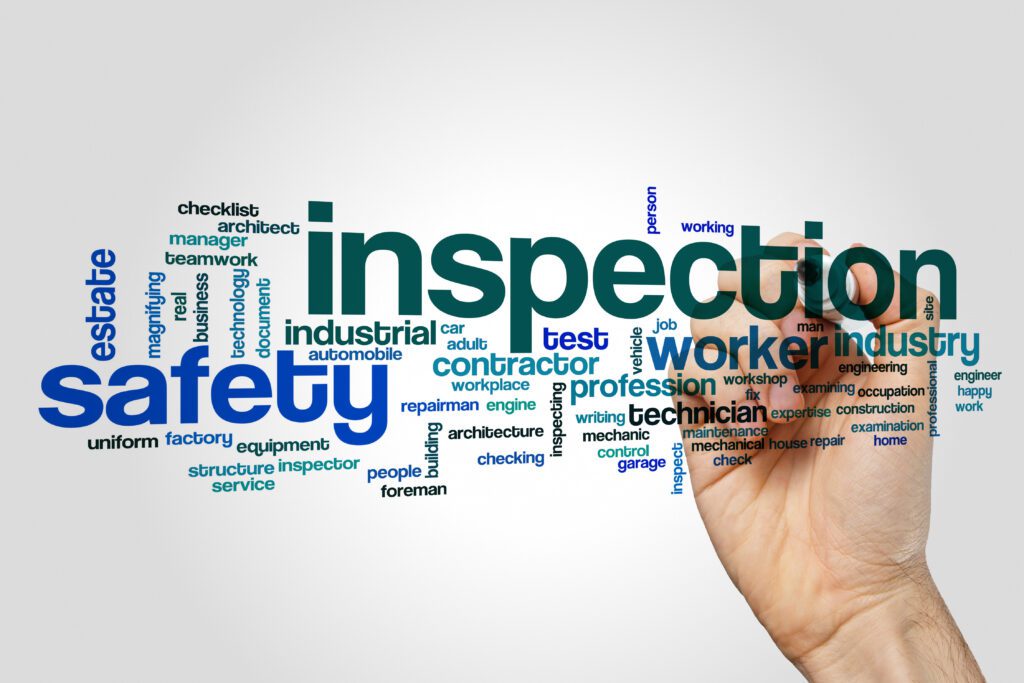Facebook
Twitter
Youtube
Linkedin

As an organisation committed to the welfare of its employees, customers, and stakeholders, conducting regular health and safety audits is not an option but a necessity. This comprehensive examination of an organisation’s health and safety protocols, systems, and procedures is designed to enhance safety, boost compliance, and ultimately, save costs.
What is a Health and Safety Audit?
A health and safety audit is a detailed examination of an organisation’s health and safety management system. This professional assessment focuses on the firm’s health and safety policies, procedures, and practices to identify areas that require improvement. An audit is not merely a legal safeguard or a box-ticking exercise; it is a proactive instrument for enhancing business operations.
The Scope of a Health and Safety Audit
The coverage of a health and safety audit depends on the size, nature, and industry of the organisation. However, certain elements are typically included, such as:
- Compliance with Laws and Regulations: The audit evaluates whether the organisation’s safety protocols align with relevant legal requirements.
- Policy Evaluation: The audit reviews the organisation’s health and safety policies to ensure they are comprehensive, current, and align with regulatory requirements.
- Employee Understanding and Compliance: The audit assesses how well employees understand and follow health and safety procedures.
- Safety Systems: The audit examines the effectiveness of the organisation’s safety systems.
- Workforce Engagement: The audit evaluates the level of employee involvement in the organisation’s safety culture.
- Health and Wellbeing: The audit evaluates the organisation’s commitment to supporting health and wellbeing.
The Legal Aspect: Is a Health and Safety Audit Mandatory?
While there is no legal requirement for firms to conduct a health and safety audit, the Health and Safety Executive (HSE) recommends undertaking audits as part of their guidance document HSG65 Successful Health and Safety Management. Consequently, many businesses opt to conduct regular audits as a commitment to health and safety best practices. In some industries, like construction, regular audits could be a condition of insurance cover.
The Significance of a Health and Safety Audit
The primary goal of a health and safety audit is to improve safety in the workplace. This is achieved through several means, including reducing accidents and incidents, improving communication of procedures, and engaging employees in the safety culture of the organisation.
Compliance
A comprehensive health and safety audit ensures compliance with relevant laws and regulations. This reduces the risk of prosecution in the event of an incident, and fosters a culture of compliance within the organisation, leading to improved standards.
Cost Savings
By identifying potential risks early on, costly accidents and incidents can be avoided. Additionally, implementing improvements recommended by an audit can lead to efficiencies and cost savings in other areas of the business.
Conducting a Health and Safety Audit
When it comes to conducting a health and safety audit, organisations can choose to perform it internally or engage an external consultant. Health and safety software applications, like SafetyCulture, are also available to digitalise the process, making audits quicker, simpler, and more efficient.
Internal Audits
Internal health and safety audits require a ‘competent person’ as defined by HSE – “someone who has sufficient training and experience or knowledge and other qualities that allow them to assist you properly.” Therefore, the designated internal auditor should be suitably qualified, for instance, through NEBOSH or IOSH.
External Audits
External health and safety audits are conducted by a trained, experienced, and qualified “competent person“, typically a health and safety consultant. This approach could potentially be more comprehensive and insightful but is likely to be more costly and disruptive.
The Frequency of Health and Safety Audits
The frequency of health and safety audits depends on the size and complexity of the business, as well as the results of previous audits. However, it is generally recommended that audits are conducted regularly, usually at least once a year.
Conclusion
Health and safety audits are an indispensable tool for maintaining a secure and healthy workplace. They provide a systematic approach to ensuring the wellbeing of employees, legal compliance, and long-term organisational sustainability. With professional assistance, organisations can navigate this complex process with ease, ensuring their business remains safe, compliant, and ready for future challenges.


0 Comments